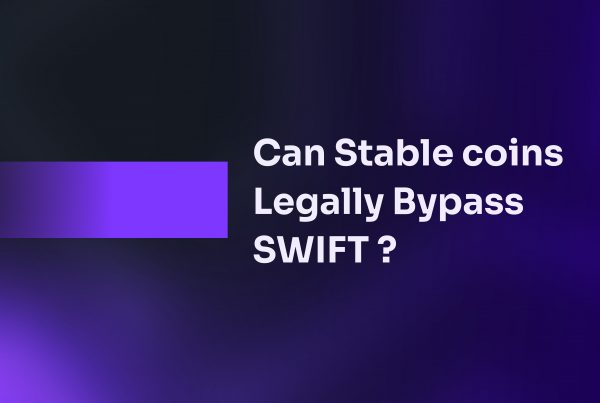It is almost impossible for a business to eliminate chargebacks; this article speaks on reduction instead of elimination
As a business, getting into a dispute with a customer is usually heartbreaking; a customer you might have spent money trying to acquire, who then goes through the buyer’s journey, completes a purchase and then gets into a payment dispute. The bad news here is that disputes with customers are unfortunately unavoidable. The good news; is you can reduce them.
What are chargebacks
A chargeback is a transaction reversal initiated by the customer after a business or merchant has charged them for a product. It sounds like a refund, but it is different. Unlike a refund, where a merchant and a customer settle a payment dispute, customers contact their banks to file a chargeback. The bank then removes the funds from the business’ account and reverses the transaction.
Customers feel the need to request a chargeback for several reasons, including merchant error, friendly fraud and criminal fraud.
Merchant error occurs when there is a problem with the product delivered, failure to stop a recurring payment even after a customer has requested it, wrong shipping address etc.
For fraud, it is termed friendly when a customer knowingly makes a purchase and disputes a payment afterwards for no good reason. This also happens when a customer is at fault for a problem with the purchasing process and still goes ahead to dispute a payment. The majority of chargebacks are caused by friendly fraud.
Criminal fraud is when a criminal steals a person’s information and uses it to make purchases. Here, the original owner of the information then files for a chargeback.
Cost of chargebacks
The customers rarely lose in the cases of chargebacks mostly because they have the banks’ trust as the cardholders, while the banks do not have the willingness and adequate resources to deal with false claims.
That leaves the businesses with the most to lose. Merchants can suffer direct financial loss in the money they are paying back and the product they are not getting back. Also, for businesses, chargebacks have reputational consequences on businesses’ credit.
How to reduce chargebacks
It is almost impossible for a business to eliminate chargebacks; this article speaks on reduction instead of elimination.
You can use these five strategies to reduce chargebacks on your business
1. Consistent branding
A legitimate business should be able to tell the part with its branding. A recognisable name, a website, and correct social media pages with human contact should be able to clear all suspicion of fraud. The branding has to be consistent on all platforms, including payment channels.
2. Customer service
Businesses should make it easy for customers to contact customer service. Customers should have several channels to reach a customer service representative, and it should be visible on all your platforms. Excellent communication will clear doubts from a customer and provide channels to lay claims for refund instead of going to the bank for a chargeback claim.
3. Refund policy
Having an efficient and straightforward refund policy will save businesses from the headaches of chargebacks. Refunds save time and money and help you maintain a fantastic relationship with customers. Have a clear refund policy and make the process easy.
4. Deliver on your product offerings
Prevent the often viral social media cases of ‘what I ordered vs what I got’. Businesses that ensure product delivery eliminates merchant error cases of chargeback claims.
5. Follow best practices in payment processes
Businesses must follow best practices in payment processes, like getting a CVV number just before checkout etc., to prevent criminal fraud during payments. A trusted payment partner like Fincra can help you here with secured payment systems for your business.
Fincra also has an effective chargeback management system on the Merchant Dashboard, making it easy for businesses onboarded to manage chargeback claims.




